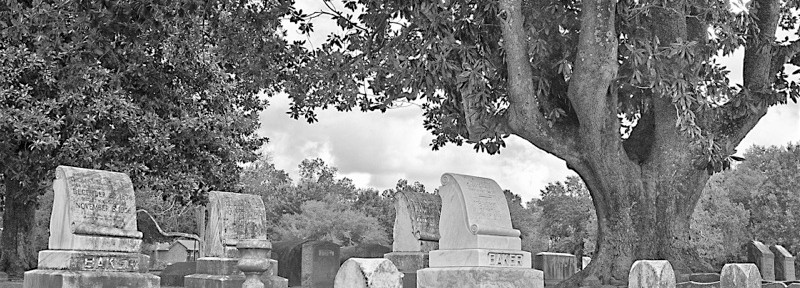 Do trees figure prominently in your memories? I can remember distinctly looking up into the pine trees on the SFA campus years ago and saying to myself, “This is where I want to go to school.”
Do trees figure prominently in your memories? I can remember distinctly looking up into the pine trees on the SFA campus years ago and saying to myself, “This is where I want to go to school.”
Other trees stand out among my memories. There’s the bois d’arc tree, gnarled and twisted, I sat under as a twelve year old. It was a lone tree in the pasture west of my house. Now that I think of it, it’s amazing lightening hadn’t destroyed that tree. But it stood there alone and conspicuous, braving the elements year after year, and the cattle crowded in around it on hot summer days, for it was the only shade to be had. I sat there among them, my back to the tree. The place smelled of manure and cattle, for the cows had hollowed out a kind of waller underneath the tree, and it was damp there. (I think the next time I’m in Cleburne, I’ll go by and see if the tree is still there.) In spite of the ‘fragrance’ under that tree, its memory is sweet.
Bryan Holt Davis says that there was a mimosa tree at his home where he grew up over on North Pecan. He says his mother and father were proud of it, and the family would often stand out by the tree to have pictures taken on special occasions. He says there was also a pecan in that same yard that was a gift from their neighbor, Dr. Brookshire. The tree was just a stick when it was planted, but later, Bryan’s father had Mr. Baugh graft fancy pecan wood to the young sapling, and the tree stands there still.
On Easter mornings did your parents send you out in the yard in your Easter finest and take your picture? Did you stand by some tree, grinning into the camera? Does a pecan tree figure into any of your memories? I hope so. There’s nothing like pecan pies or pralines. And the memory of a specialist coming by and working his magic, grafting fancy wood onto a young tree, these are the kinds of memories trees give us.
Of course, not all trees bring good memories. Billy Wall, who was postmaster here in Nacogdoches, said that there was a Chinaberry tree in his yard as a youth. And he remembers distinctly when his father cut it down. In Billy’s mind, Chinaberry trees were symbols of poverty and yard chickens, and he was proud to see his father finally get rid of it.
There’s a magnolia tree in the Oak Grove Cemetery that has figured large in one of Nacogdoches’ distinguished literary families- the lives of by Karle Wilson Baker and her daughter Charlotte Baker Montgomery. Charlotte was born August 31, 1910; the same year her grandmother Kate Florence Wilson (Karle’s mother) died. The tree was planted that year and stands today between the graves of Karle’s parents.
This magnolia is one of the great trees of the cemetery. For a number of years, there was a pair of iron benches under it and Karle Wilson Baker would sit and meditate. Charlotte speculated about that magnolia tree, “Did [her mother] compose the poem ‘Transmutation’ there” under that very tree? Here’s her mother’s poem:
I said in the grave yard, “Help me, dears,”
And my mother came, with her heavenly years
Curled about her like plumes of light,
And my mother said, “It will all come right.”
I said in the graveyard, “Help me, dears,
And my father, hearty and clean of fears,
Patted my shoulder and smiling said,
“Little daughter, be comforted.”
The sexton pitied me, sitting alone,
On my left and my right a graveyard stone;
But the thorny pain that had brought me there
Felt like rose-petals on my hair.
Of course, those of you who know about this family will have another poem about magnolia trees come to mind- Charlotte’s “Epitaph”. I’m not going to quote the entire poem, but the first lines run, “I want my epitaph to be, She planted a magnolia tree.”
Trees have a mystical quality about them. They bring life to our imagination and embody our memories. So, let me encourage you; plant a tree.
